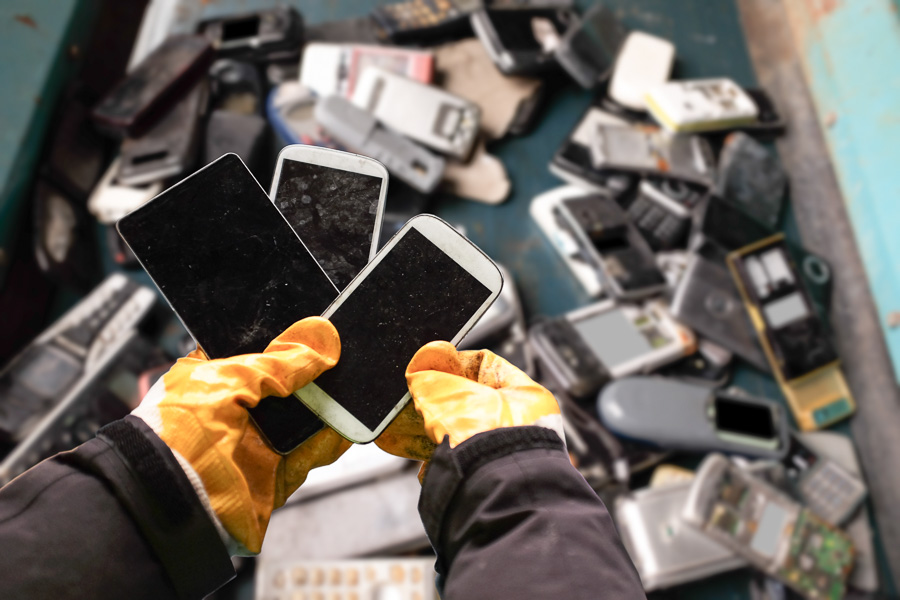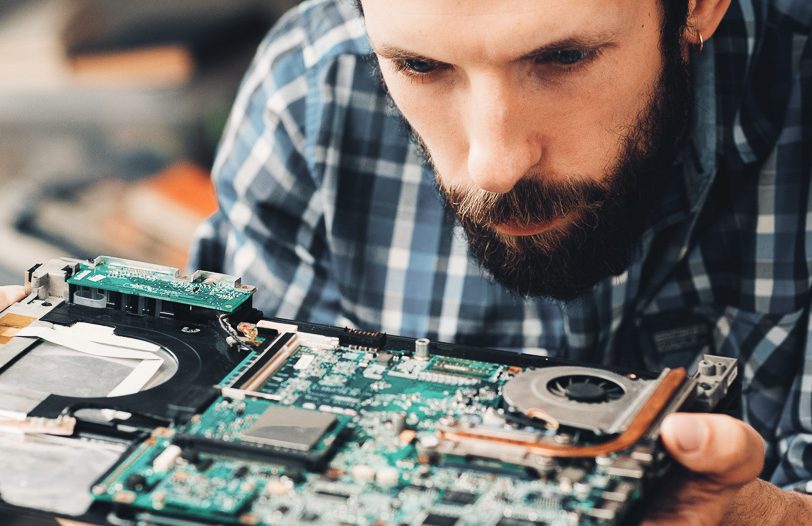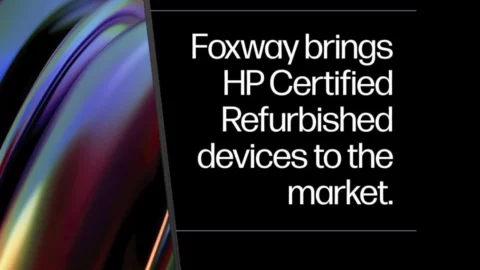There’s a lot happening between the day you invest in new hardware and the day it has finally served its purpose and is ready for hardware heaven. The strategy to get the best value and quality out of a piece of equipment is called LCM – lifecycle management. In short, it’s a plan for when to buy, when to upgrade and repair, and when to retire IT-Equipment in order to get the best return on investment and the most usefulness out of it. Given how fast our work technology advances these days, it can be very strategic to have a plan for your equipment’s entire life.
The lifecycle of hardware
Investing in IT-Equipment is not like buying a pair of jeans. There are several lifecycle steps between getting it and throwing it away. Like:
· Planning and requesting investment
· Procurement
· Installation and deployment
· Maintenance
· Upgrades and repairs
Take back
In a lifecycle management plan, you need to carefully analyse and assess each of these steps. Why? Because knowing when to do what will prolong the life of your equipment, get the best ROI, cut costs, save time, and provide better quality and satisfaction. There are a lot of benefits of having an LCM plan.
Cutting costs
Managing hardware assets throughout their lifecycle can save a lot. By active and correct managing it’s possible to cut the costs of the money spent on keeping the hardware up and running. LCM will also cut the costs for maintenance, upgrades and disposals by having a strategy for when to do what.
Making sure all technology is running without problem and at its best possible efficiency will also keep productivity high. An asset on the downslope toward becoming obsolete can take up a lot of time and make users frustrated and less productive, and an upgrade at the right moment can boost old equipment, making it more useful, and for a longer time.
Keeping track of the hardware lifecycle will also help your organisation make better decisions. Knowing the usefulness and the possibilities of an asset makes it easier to budget for future investments.
Better Return on Investment
The biggest savings are always in the beginning of an investment. But as time goes on increased maintenance and reduced usefulness will make bigger and bigger dents in those savings – until one day when the hardware finally becomes a drain. With LCM you will get the right processes and the correct data to know when it’s financially wise to upgrade and when to pull the plug. This will make the most of the investment and the hardware budget.
With a thought-through lifecycle management plan it will also be possible to save a lot of time on managing hardware assets. With a strategy for maintenance and upgrades there will be fewer incidents and delays, less trouble and downtime, and the hardware management process will run a lot more smoothly. And as we all know, time is money.

Donating and recycling
Just because the hardware is no longer useful to you doesn’t mean that it’s no longer useful at all. There are several different ways of disposing old hardware that are either environmentally friendly or benefit someone else in need of it. Here are some examples.
· Some organisations will buy your old hardware, refurbish it, and sell it to someone else. This means that you can make money from retiring your equipment, while helping a business that extends the usefulness of our resources and gives your old stuff a new life.
· There are many ways to recycle old hardware. Most of them collect every bit of material, like precious metals etc. and make sure they will be put to good use again. They also make sure that toxic materials (mercury, lead etc.) are taken care of properly and in a safe way. E-waste is the biggest growing stream of waste in today’s society, and recycling is important to protect our fragile planet.
· Charity organisations can collect and donate old technology to schools and other places that have the needs but not always the funds, giving old hardware a new usefulness.
Enterprise




